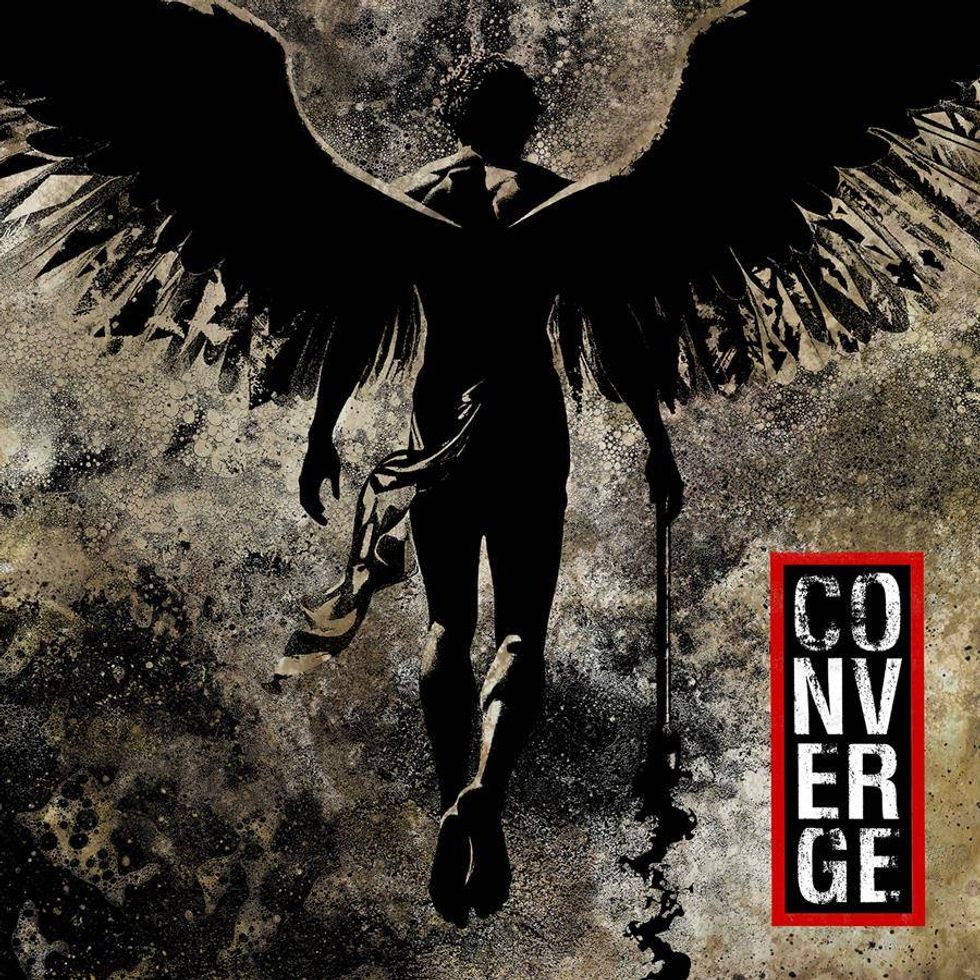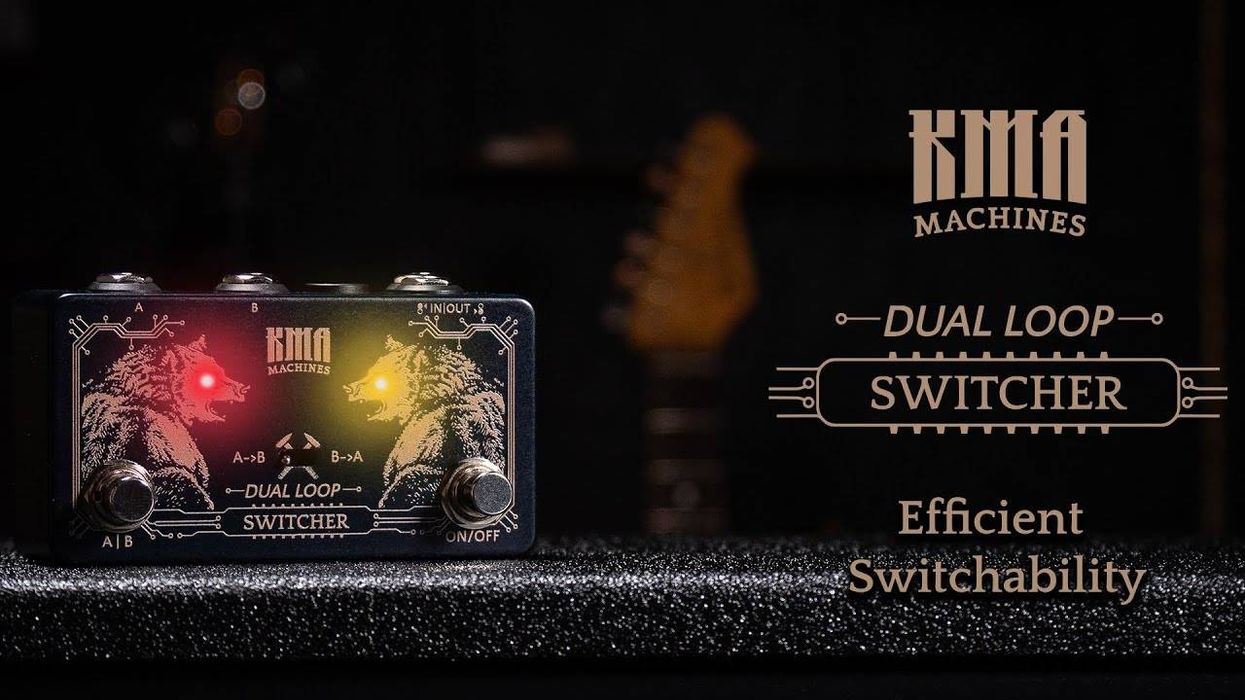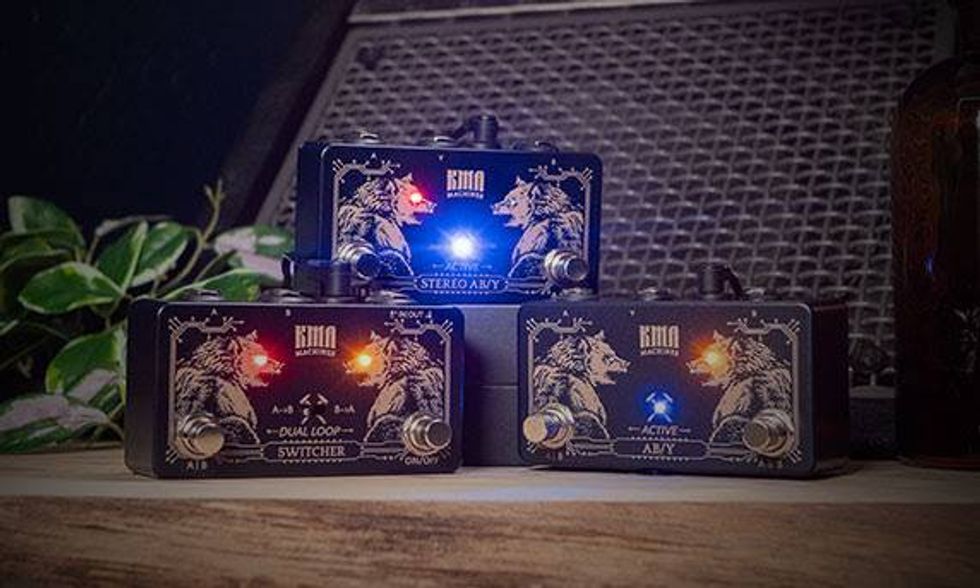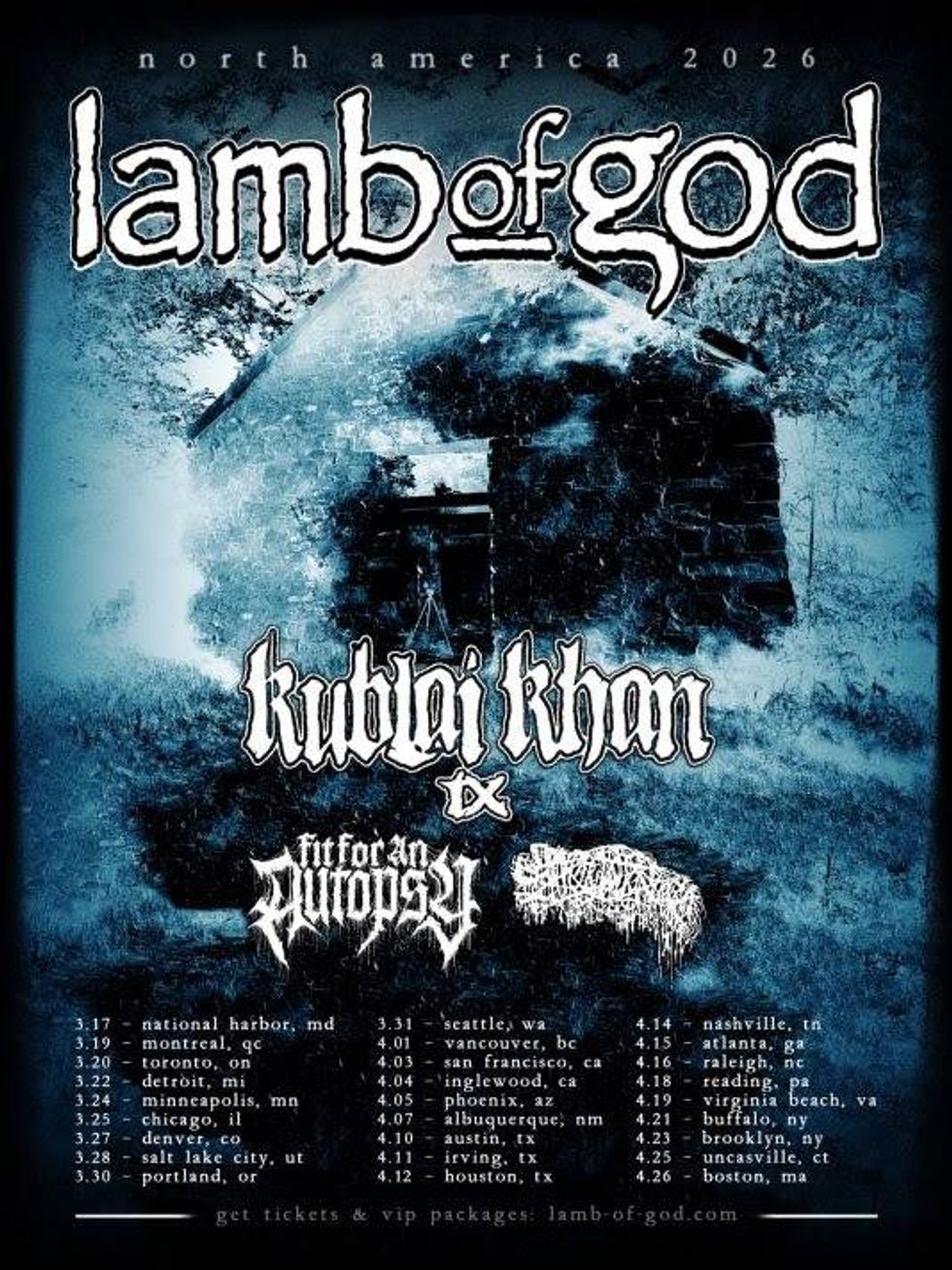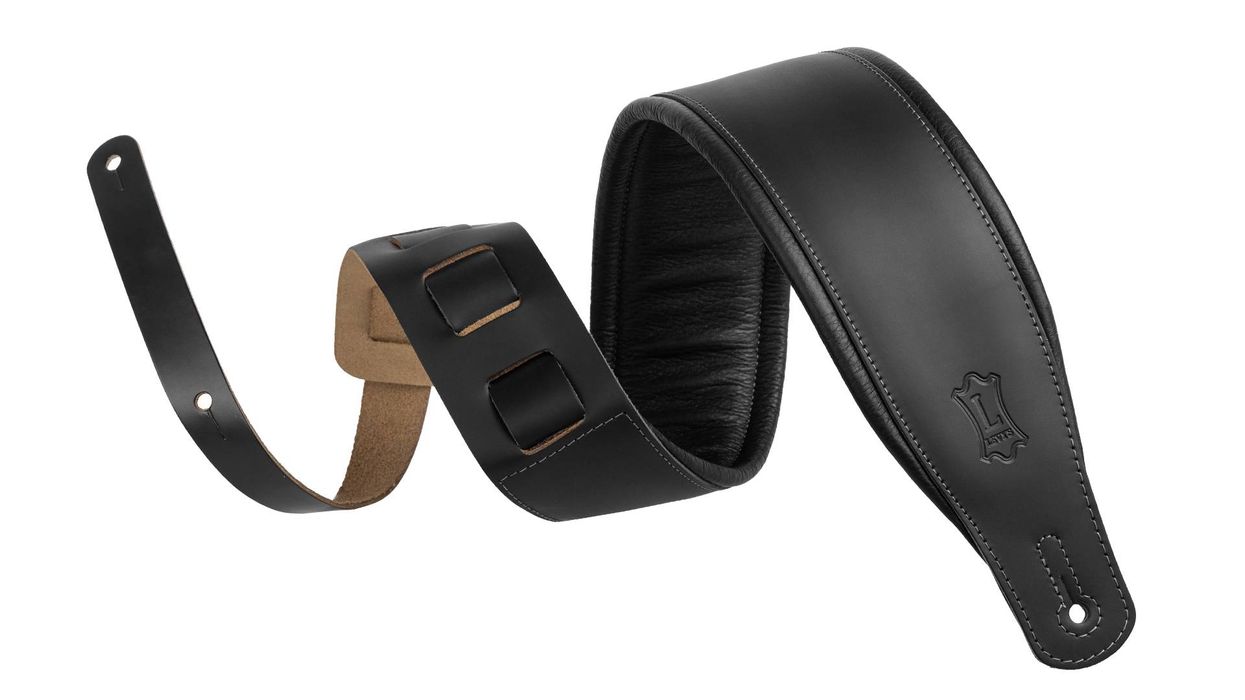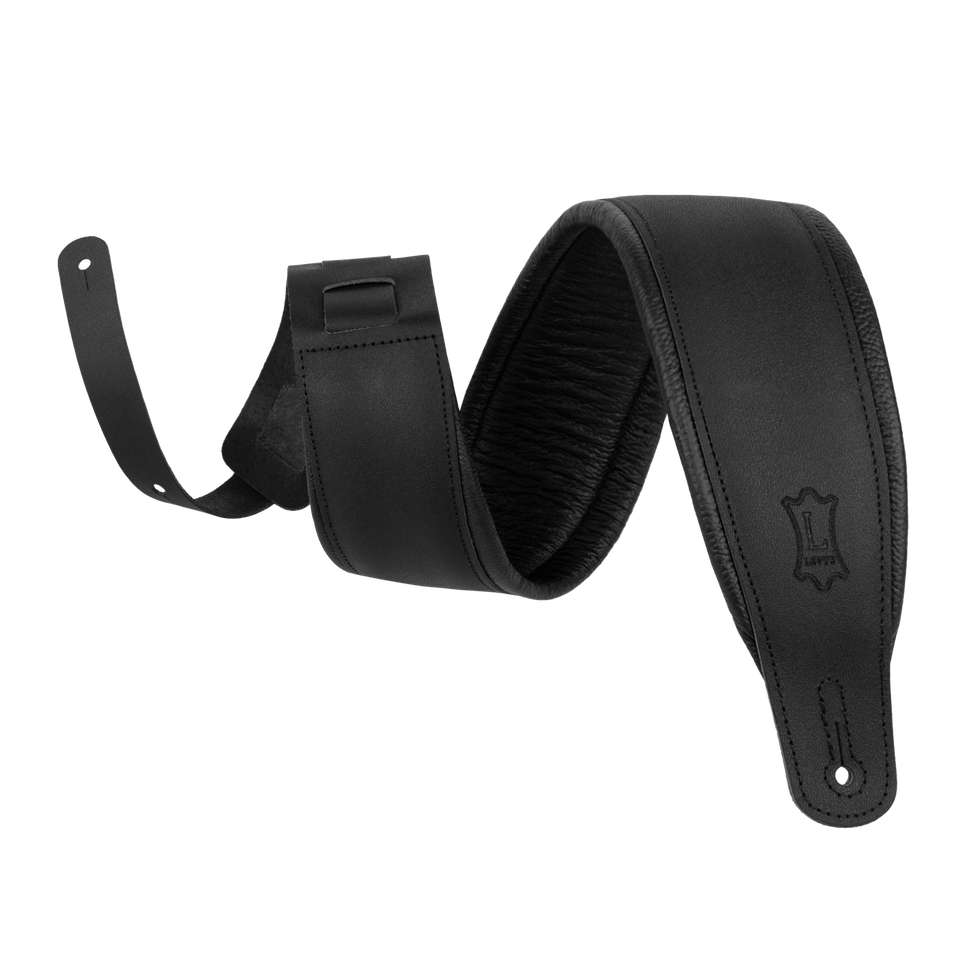These two bass overdrive and preamp pedals use Analogue Amp Recreation circuitry and an analogue cabinet-simulated DI output. Plus, Origin Effects offers the all-new Cali76 Compact Bass compressor pedal with matching finishes.
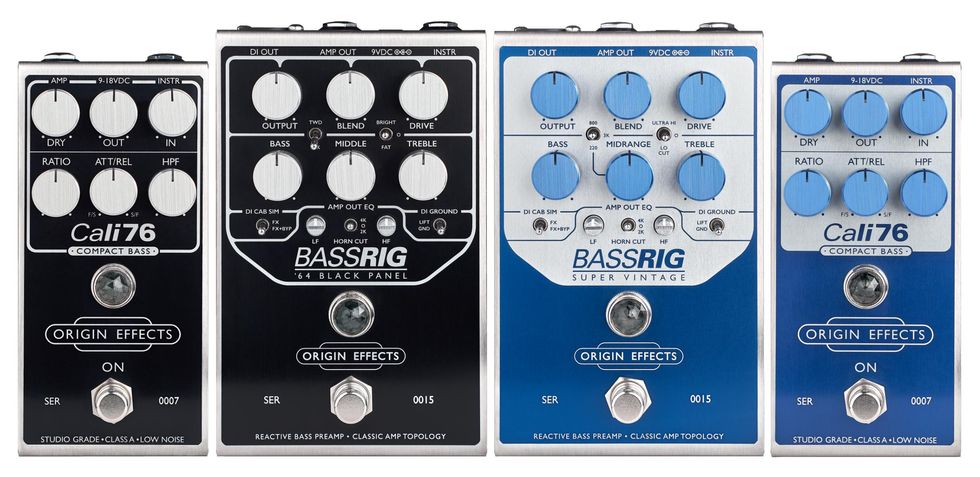
The BassRIG Super Vintage captures every nuance of the Ampeg SVT and its 8x10 speaker cabinet. Released in 1969, the SVT was the world’s first purpose-built, high-powered bass amp and it remains the first choice for the biggest names in bass guitar. The BassRIG Super Vintage boasts all the versatility of this classic stack, with deep low end, growling distortion and wide-ranging controls.
The BassRIG ’64 Black Panel harks to the mid-Sixties and pays tribute to the Showman and Bassman amps which, along with their 2x15 cabs, were relied on by everyone from Soul session players to Rock ‘n’ Roll royalty. Both pedals have distinctly different, vintage-inspired personalities but share the same forward-looking feature set. Their recreated amp circuits have all the controls you need to craft the perfect bass amp tone, while the BLEND knob adds clean signal to preserve clarity and low-end. Origin’s proprietary Amp Out EQ filter ensures compatibility with any amp and cab, while the XLR-equipped DI output’s analogue cabinet simulator provides a huge and authentic tone direct to your mixing console. The BassRIG pedals are aimed at home, studio and stage players alike.
Also, to celebrate the release of the BassRIG Super Vintage and BassRIG ’64 Black Panel, Origin Effects are now offering their Cali76 Compact Bass compressor pedal in matching Super Vintage Blue and ’64 Black Panel finishes.
BASSRIG Super Vintage & '64 Black Panel || Official Product Trailer
The Origin Effects BassRIG Super Vintage and BassRIG ’64 Black Panel are available now from Origin Effects dealers worldwide. Find out more at www.origineffects.com.
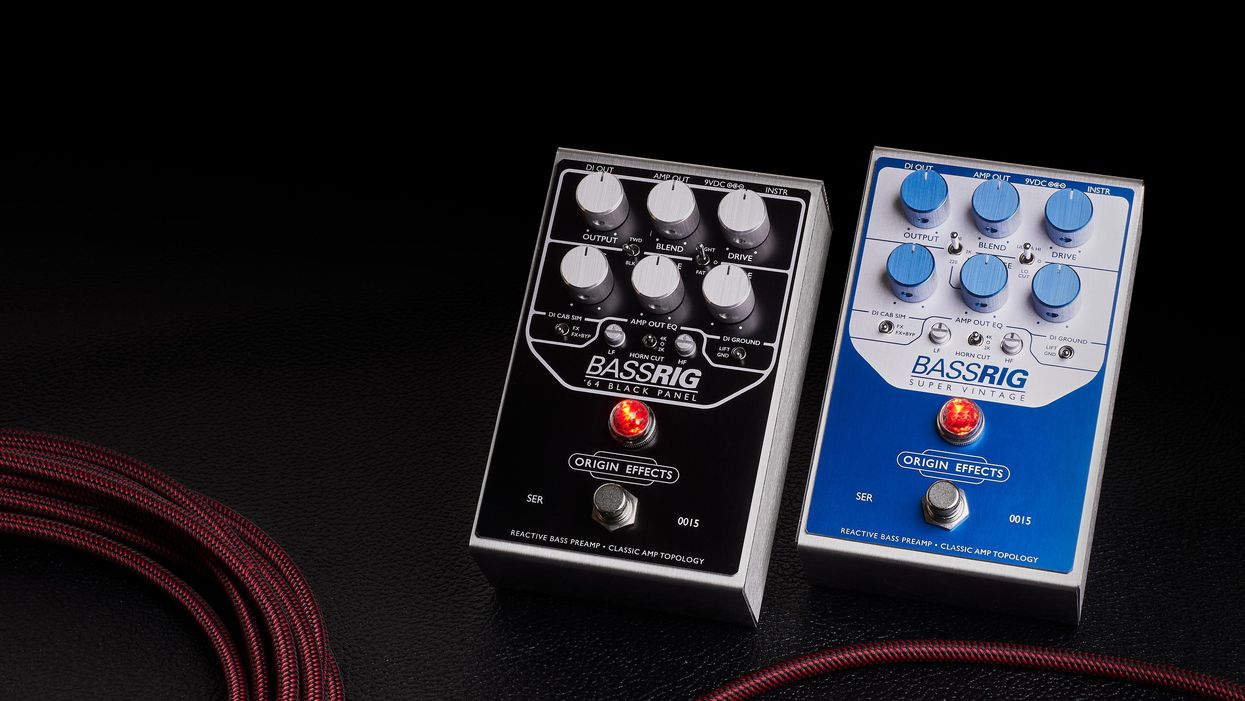
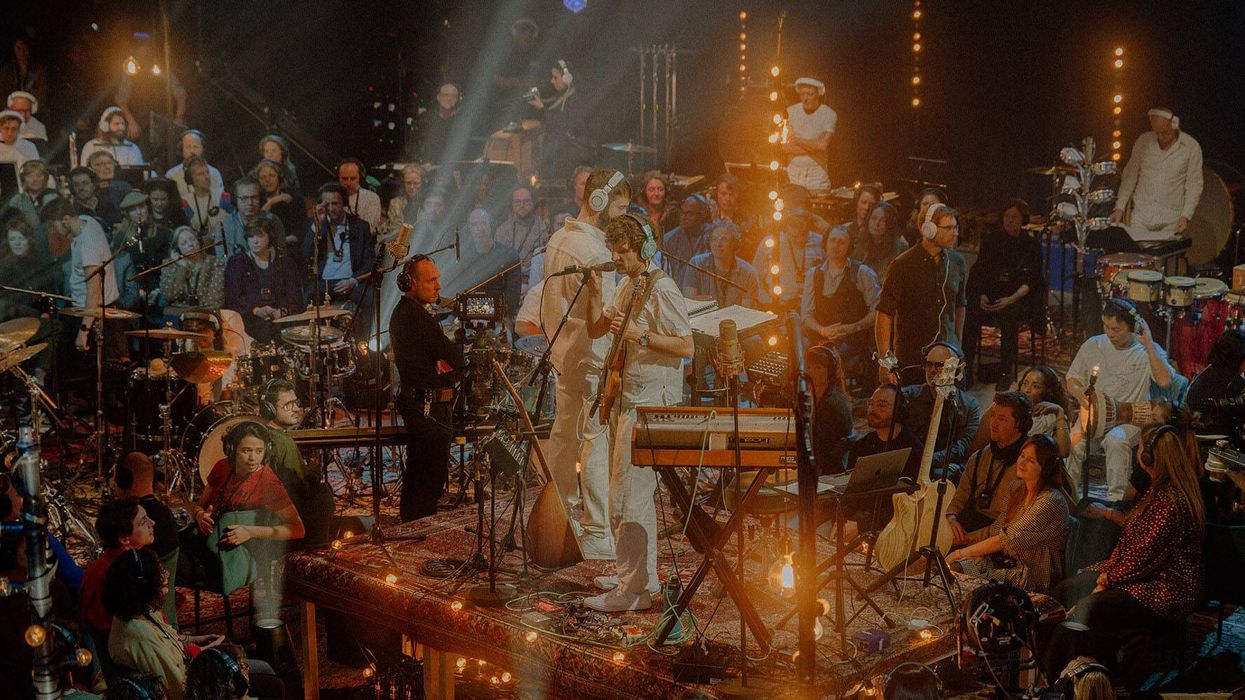
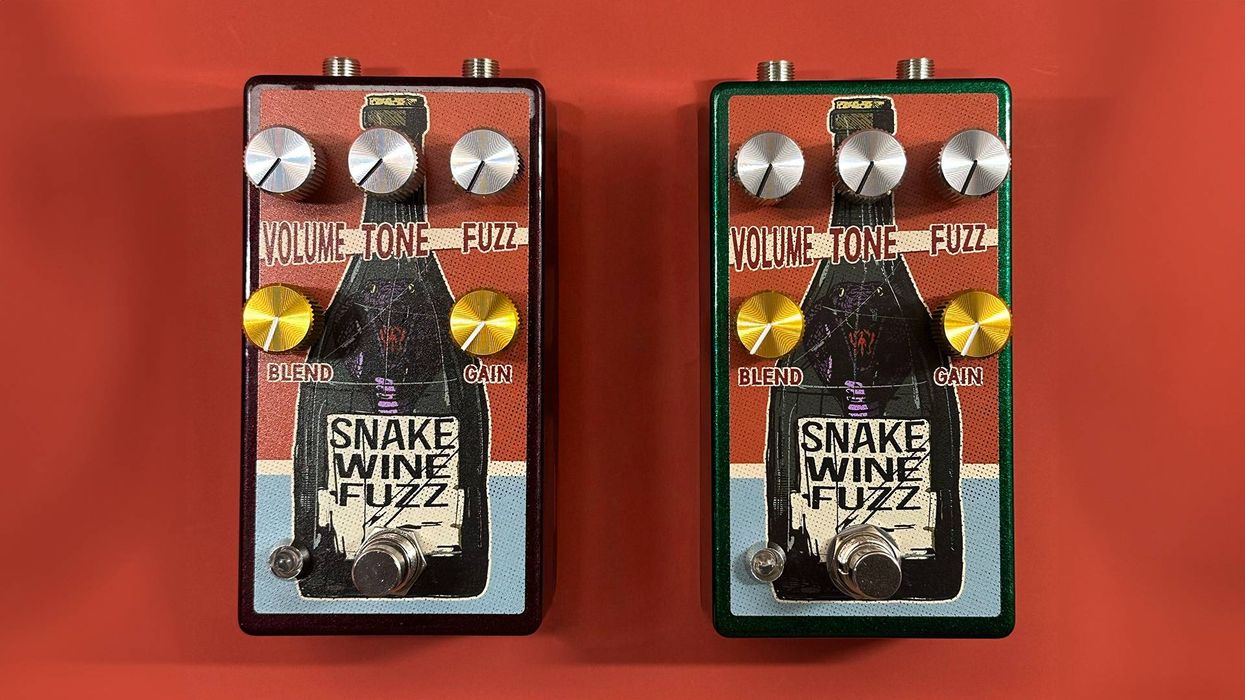

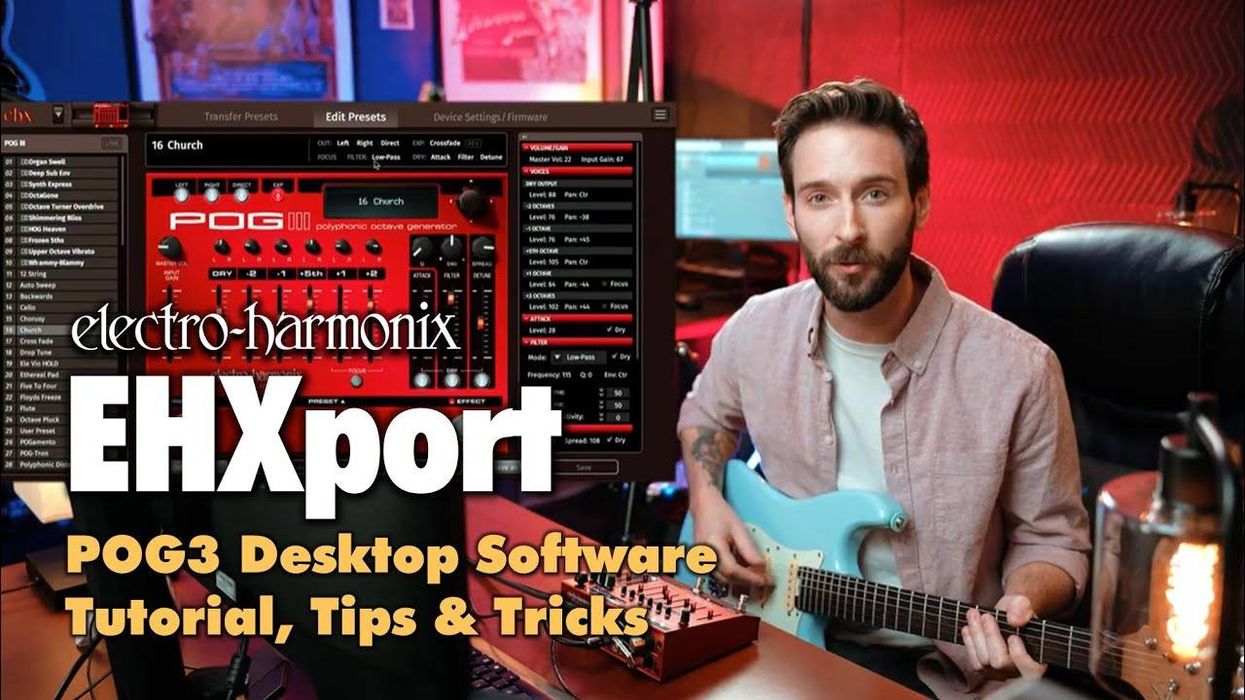

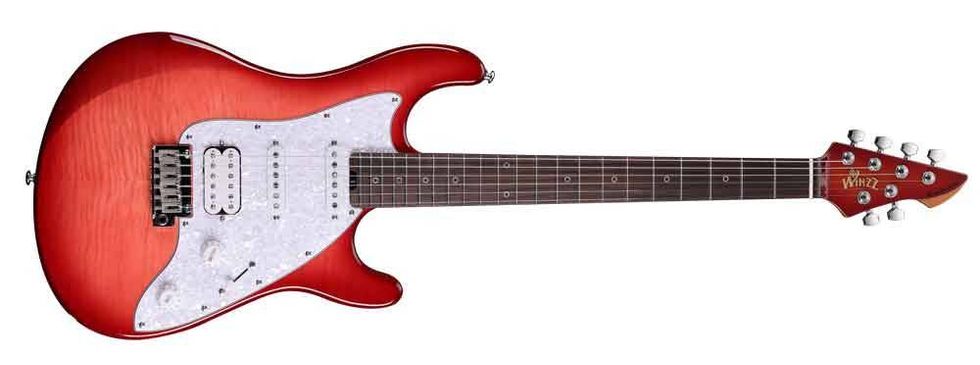
![Rig Rundown: AFI [2025]](https://www.premierguitar.com/media-library/youtube.jpg?id=62064741&width=1245&height=700&quality=70&coordinates=0%2C0%2C0%2C0)

![Devon Eisenbarger [Katy Perry] Rig Rundown](https://www.premierguitar.com/media-library/youtube.jpg?id=61774583&width=1245&height=700&quality=70&coordinates=0%2C0%2C0%2C0)




